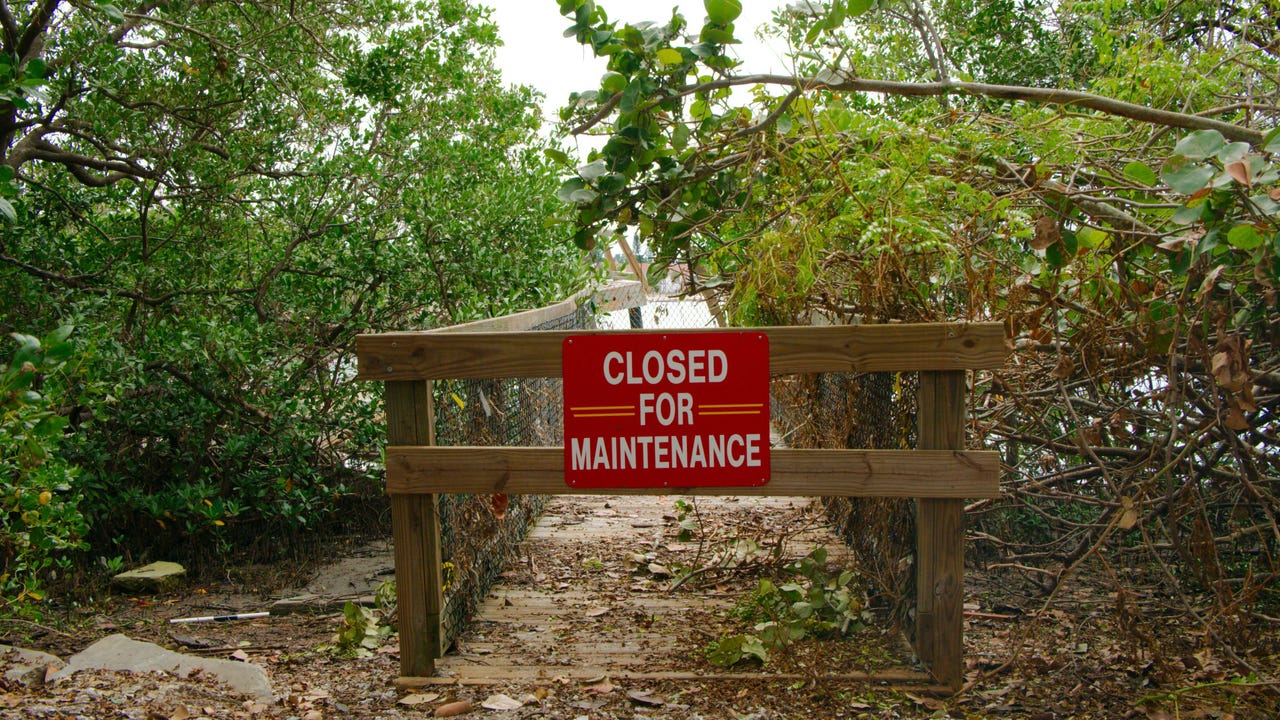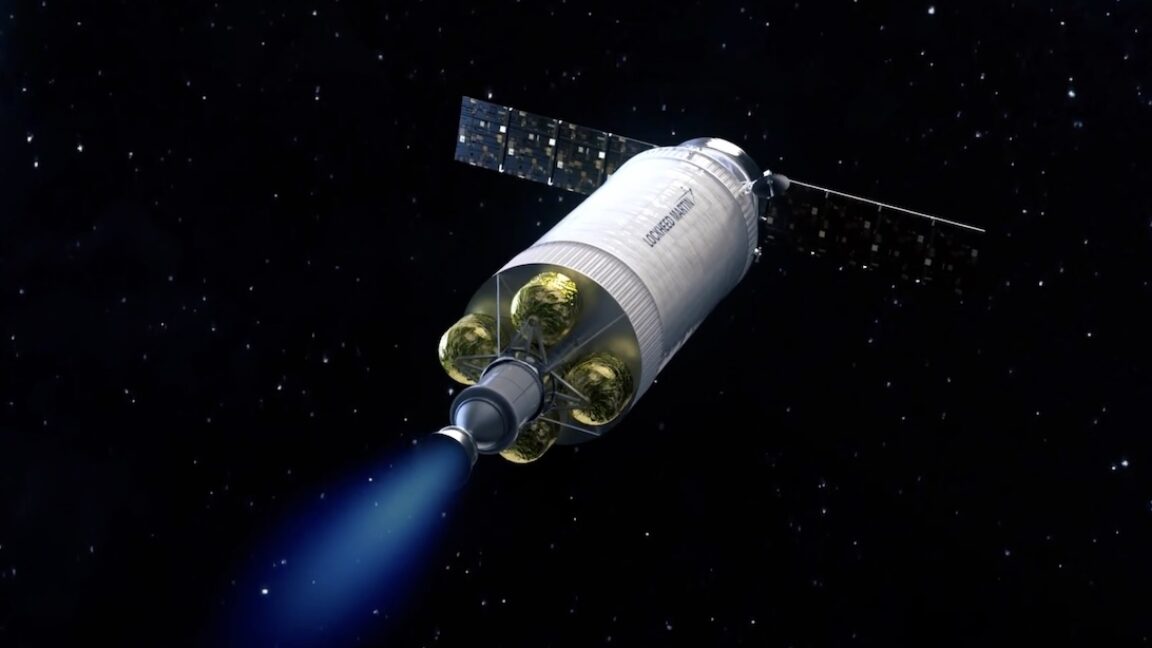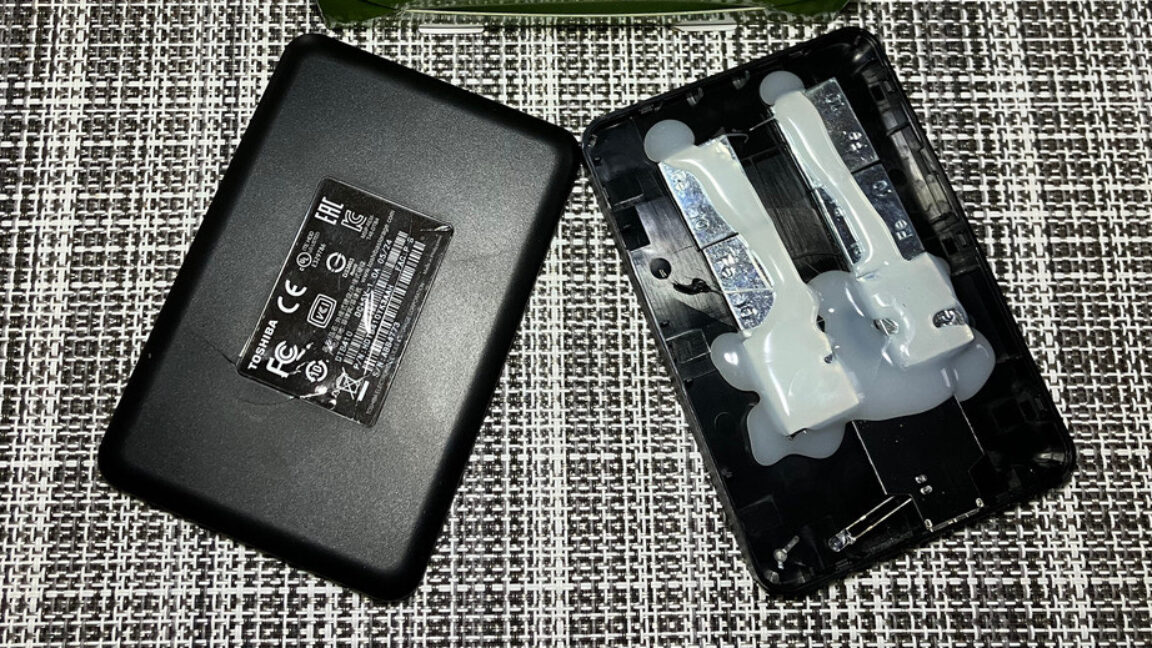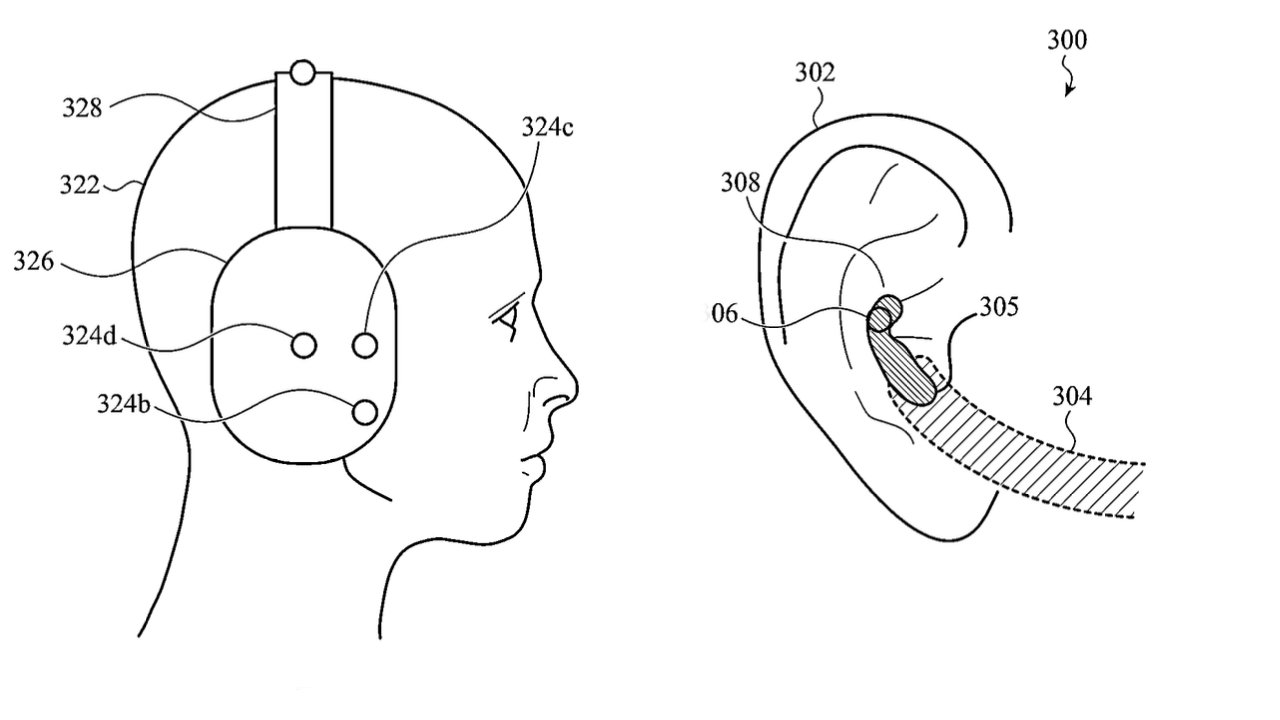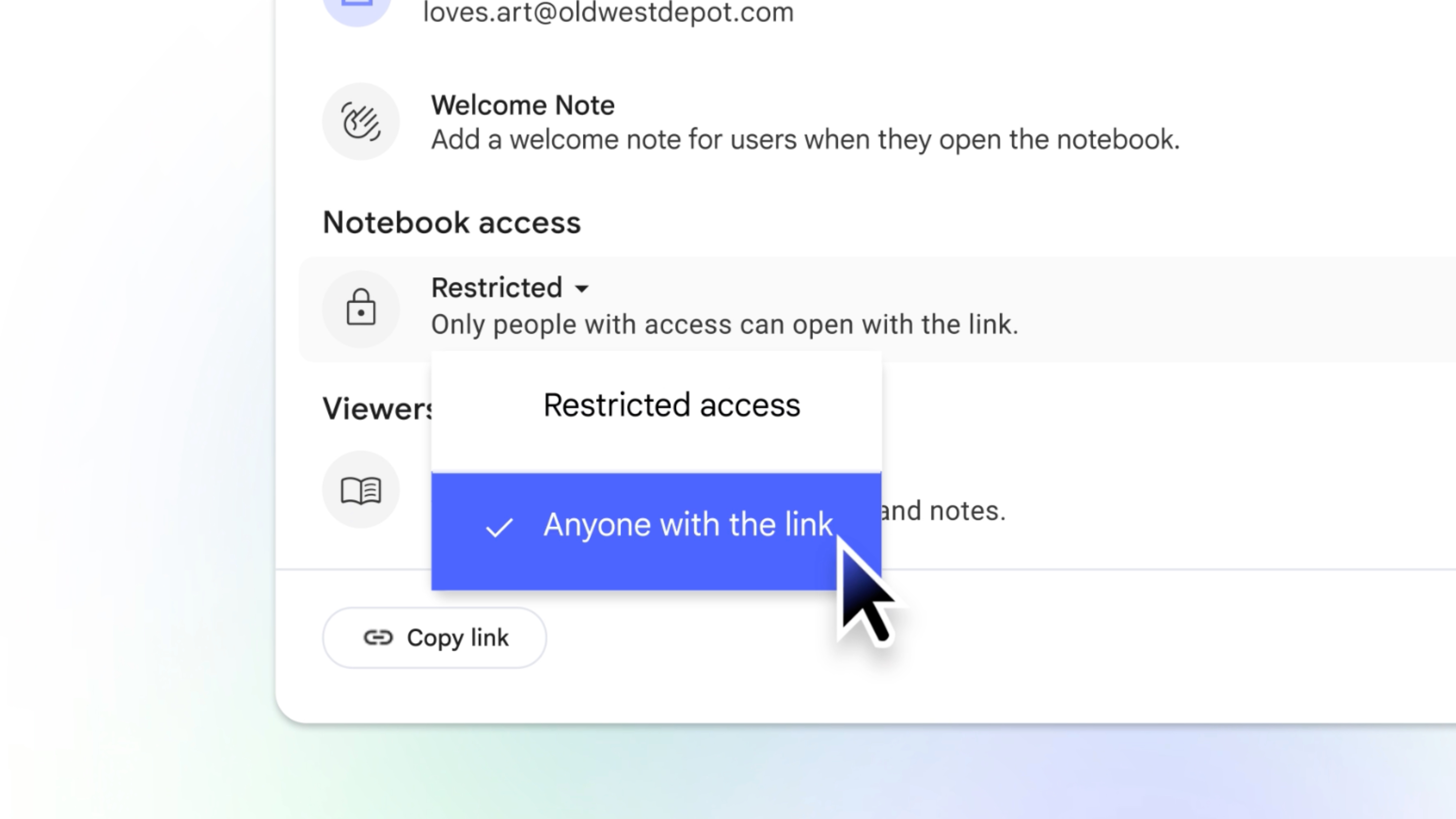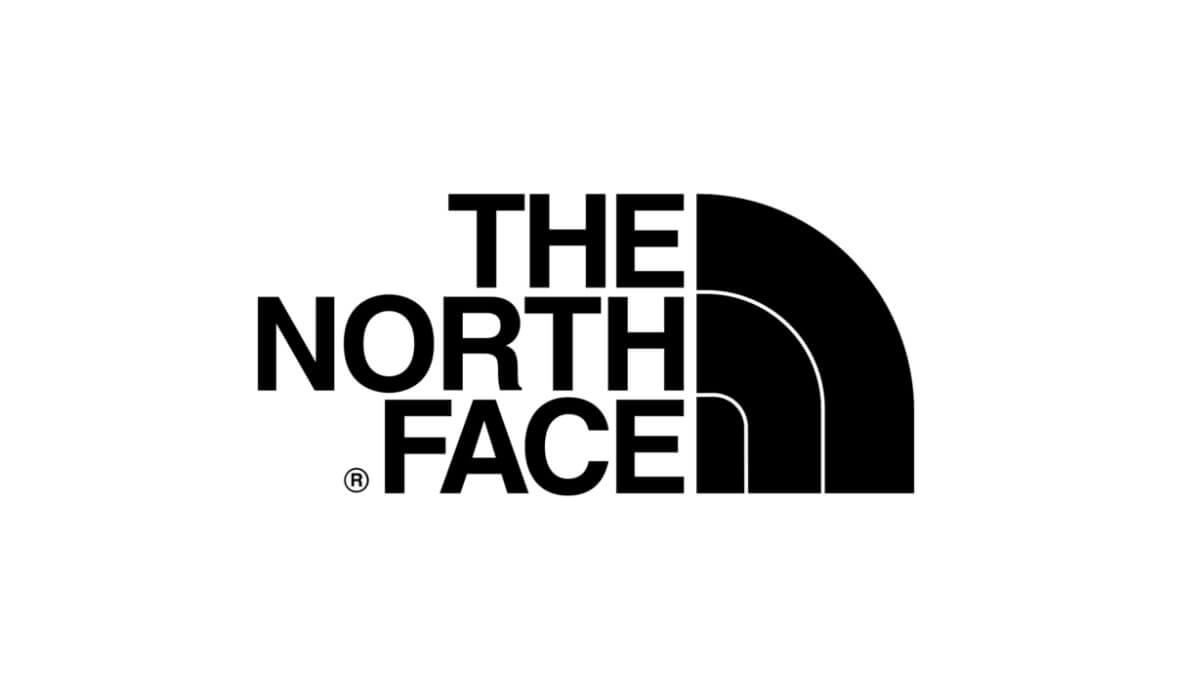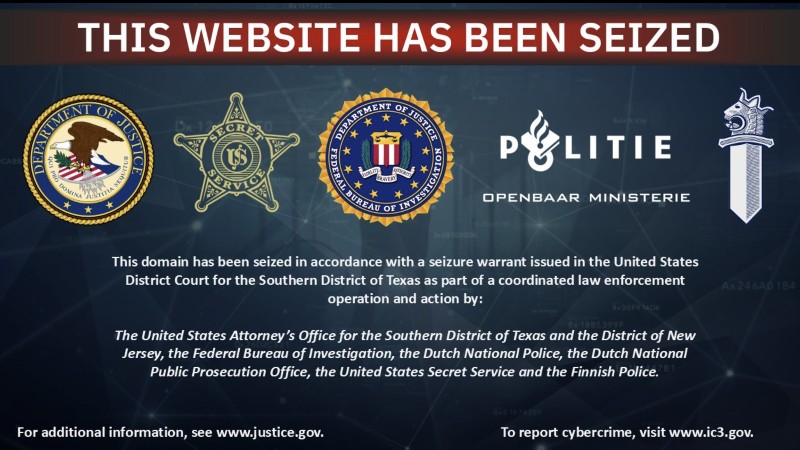Threat Hunting 101 Proactive Strategies for Technical Teams
In an era where cybercriminals are becoming increasingly sophisticated, waiting for security alerts to sound the alarm is no longer sufficient. Organizations worldwide embrace threat hunting as a critical proactive defense strategy, fundamentally shifting from reactive to preventive cybersecurity approaches. This paradigm change reshapes how technical teams protect their digital assets and stay ahead of […] The post Threat Hunting 101 Proactive Strategies for Technical Teams appeared first on Cyber Security News.

In an era where cybercriminals are becoming increasingly sophisticated, waiting for security alerts to sound the alarm is no longer sufficient.
Organizations worldwide embrace threat hunting as a critical proactive defense strategy, fundamentally shifting from reactive to preventive cybersecurity approaches.
This paradigm change reshapes how technical teams protect their digital assets and stay ahead of evolving threats.
Understanding the Threat Hunting Imperative
Threat hunting represents a fundamental departure from traditional security practices. Rather than relying solely on automated detection systems, it involves the proactive search for cyber threats that may have slipped past initial security defenses.
Threat hunting assumes that adversaries are already in the system and initiates investigations to find unusual behavior that may indicate malicious activity.
The statistics are compelling: approximately 44% of attacks bypass traditional security defenses, making proactive hunting essential for comprehensive protection.
This reality has driven organizations to adopt threat hunting as a cornerstone of their cybersecurity strategy, with technical teams leading the charge in implementing these advanced defensive measures.
Core Methodologies for Technical Implementation
Technical teams increasingly adopt hypothesis-driven approaches that begin with specific, testable assumptions about potential threats.
This methodology involves formulating educated guesses based on threat intelligence, recent attack patterns, or environmental anomalies, then systematically testing these hypotheses against available data.
Security analysts leverage the MITRE ATT&CK framework to structure their investigations, mapping potential attacker behaviors to known tactics, techniques, and procedures (TTPs).
This structured approach enables teams to focus on high-probability threat scenarios while maintaining comprehensive coverage of potential attack vectors.
Intelligence-Driven Hunting
Modern threat hunting programs integrate multiple intelligence sources to guide their investigative efforts. Technical teams operationalize their hunting activities by utilizing indicators of compromise (IOCs), threat actor profiles, and adversary infrastructure data.
This approach enriches log data with external threat feeds and contextual overlays in Security Information and Event Management (SIEM) platforms.
Behavioral Analytics and Anomaly Detection
Advanced technical teams implement behavioral analytics to establish regular network and user activity baselines. By understanding typical behavior in their environment, hunters can more effectively identify deviations that may indicate malicious activity.
This approach leverages machine learning algorithms and user and entity behavior analytics (UEBA) to develop risk scores and formulate targeted hypotheses.
The Three-Phase Technical Process
Successful threat hunting follows a systematic three-phase approach that technical teams can readily implement:
Phase 1: Trigger Identification
Technical teams begin by identifying specific triggers for investigation, which may include announced vulnerabilities, zero-day exploits, environmental anomalies, or organizational security requests. This phase involves collecting environmental information and developing actionable hypotheses about potential threats.
Phase 2: Investigation and Analysis
During this phase, hunters leverage advanced toolsets spanning telemetry collection, data aggregation, and query execution. Teams utilize endpoint detection and response (EDR) platforms, network traffic logs, identity access patterns, and cloud workload events to validate or refute their hypotheses.
Phase 3: Resolution and Action
The final phase involves documenting findings, communicating results to relevant stakeholders, and implementing remediation measures. Whether the investigation reveals benign or malicious activity, the information gathered proves valuable for future analyses and security improvements.
Advanced Tools and Technologies
Technical teams are deploying sophisticated toolsets to enhance their hunting capabilities. Popular platforms include Splunk for data analytics, Microsoft Sentinel for cloud-based hunting, and various EDR solutions for endpoint visibility.
These tools enable hunters to query vast datasets, correlate events across multiple sources, and automate portions of the investigative process.
Emerging AI Integration
Artificial intelligence is increasingly augmenting human-led threat hunting efforts. AI-powered machine learning models enable behavioral analytics and real-time anomaly detection, allowing security teams to detect zero-day threats and sophisticated malware more efficiently.
However, technical teams must balance automation with human expertise to avoid false positives and maintain investigative creativity.
Measuring Success and ROI
Technical teams face unique challenges in measuring threat hunting effectiveness.
Traditional metrics like “threats detected” can be misleading, as successful hunts that find no evidence of compromise may indicate either a secure environment or inadequate hunting techniques.
Progressive teams focus on metrics such as dwell time reduction – the duration between initial compromise and threat detection – as a more meaningful indicator of program success.
Getting Started: Practical Steps for Technical Teams
Organizations beginning their threat hunting journey should start with baseline establishment. Technical teams must first understand what regular activity looks like in their environment before attempting to identify anomalies.
This involves cataloguing applications, services, network protocols, and user behaviors that constitute typical operations.
Teams should also invest in proper data collection and retention strategies, ensuring they have sufficient telemetry to support investigative activities. Even the most skilled hunters cannot effectively identify threats without adequate data sources and retention periods.
As cyber threats continue evolving, threat hunting represents an additional security capability and a fundamental shift toward proactive defense.
Technical teams that embrace these methodologies position their organizations to stay ahead of increasingly sophisticated adversaries while building more resilient security postures.
Find this News Interesting! Follow us on Google News, LinkedIn, & X to Get Instant Updates!
The post Threat Hunting 101 Proactive Strategies for Technical Teams appeared first on Cyber Security News.


























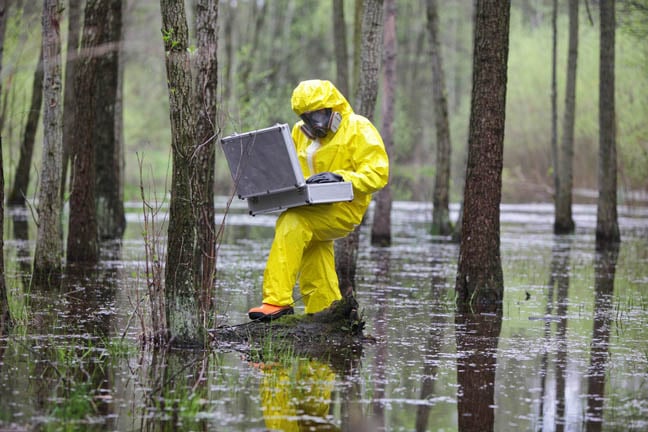


















































































































































![[The AI Show Episode 151]: Anthropic CEO: AI Will Destroy 50% of Entry-Level Jobs, Veo 3’s Scary Lifelike Videos, Meta Aims to Fully Automate Ads & Perplexity’s Burning Cash](https://www.marketingaiinstitute.com/hubfs/ep%20151%20cover.png)
























































































































































![Z buffer problem in a 2.5D engine similar to monument valley [closed]](https://i.sstatic.net/OlHwug81.jpg)

























































































.png?width=1920&height=1920&fit=bounds&quality=70&format=jpg&auto=webp#)




















_Kjetil_Kolbjornsrud_Alamy.jpg?width=1280&auto=webp&quality=80&disable=upscale#)
